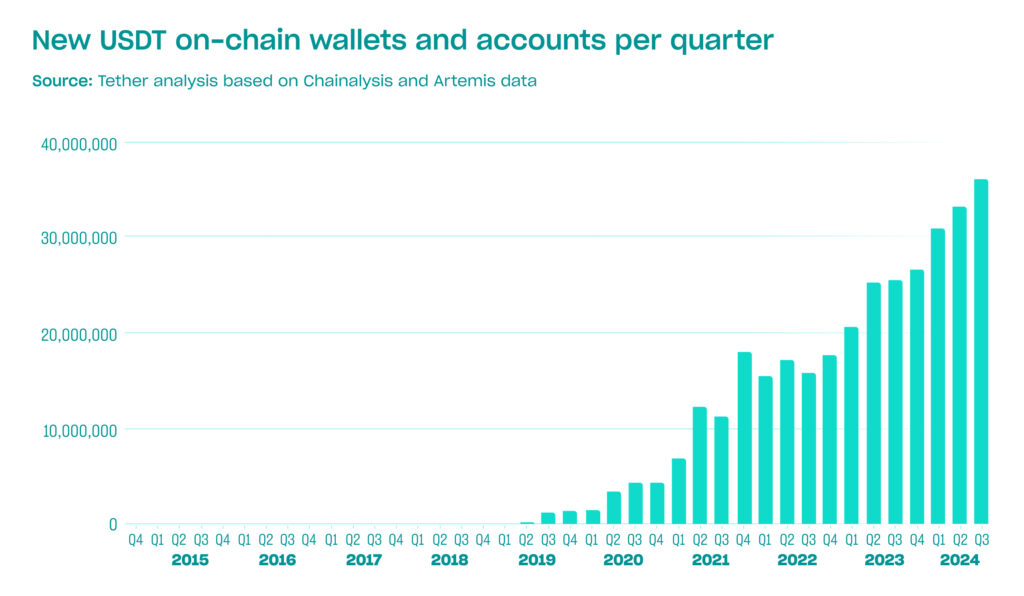The Federal Reserve and Securities and Exchange Commission (SEC) are investigating Goldman Sachs for its participation in the unsuccessful capital raise and acquisition of Silicon Valley Bank’s securities portfolio before its failure. The Justice Department has issued a warrant, and the authorities are looking into possible inappropriate interactions and Goldman Sachs’ dual status as buyer and consultant. Goldman Sachs has acknowledged that it is helping with the inquiries.
Justice Department subpoenas Goldman Sachs in SVB investigation
Both regulatory organizations are looking into what Goldman Sachs did during the botched capital raise that preceded Silicon Valley Bank’s demise.
According to The Wall Street Journal, Goldman Sachs is currently under investigation by the Federal Reserve and SEC over its role in acquiring Silicon Valley Bank’s securities portfolio before the bank’s collapse.
Both agencies are looking into what Goldman Sachs did during its unsuccessful capital raise before SVB’s collapse. According to reports, the Justice Department has subpoenaed Goldman Sachs as part of its inquiry into SVB.
Insiders claim that the Federal Reserve and SEC are particularly interested in collecting papers about Goldman Sachs’ dual roles as the consultant for the bank’s capital raising and the buyer of SVB’s securities portfolio. However, the agencies are looking into possible unlawful communications about the portfolio sale between Goldman’s trading operation and investment banking division. Goldman has responded by stating it is:
cooperating with and providing information to various governmental bodies in connection with their investigations and inquiries into SVB, including the firm’s business with SVB in or around March 2023.
Goldman Sachs
SVB, a well-known financial lender that serves venture capital firms and IT companies, contacted Goldman Sachs to help the bank raise cash in the last few days before it collapsed. At the same time, its trading branch bought “SVB’s $21 billion portfolio of available-for-sale debt securities at a discount.”
According to sources with knowledge of the situation, Goldman Sachs allegedly suggested to SVB executives that they “sell part or all of its securities portfolio” to establish the need for funds before raising capital. Greg Becker, the former CEO of SVB, reaffirmed this counsel while testifying before the Senate Banking Committee.
A representative for Goldman Sachs responded to the accusations by saying:
[Goldman] informed SVB in writing that we would not act as their adviser on the sale, and that SVB should not rely on any advice from the bank in this regard, but instead hire a third-party financial adviser.
Goldman Sachs
Silicon Valley Bank was shut down by California regulators on March 10 in an unusual move. With assets of more than $212 billion before its liquidation, SVB ranked as the 16th-largest bank in the United States.
After the occurrence, SVB Financial Group filed for Chapter 11 bankruptcy protection on March 17. The voluntary petition aimed to make a court-supervised reorganization procedure possible to maintain the company’s worth.
Silicon Valley Bank’s collapse: Largest since the Great Recession
The fall of Silicon Valley Bank in March was the largest bank failure since the beginning of the Great Recession 15 years prior. The Santa Clara, California-based company’s collapse occurred due to its debt investments, including U.S. Treasuries and securities, losing value due to the Federal Reserve raising interest rates to battle increasing inflation. The bank saw a quick bank run days before it failed when depositors withdrew their money.
After the bank quickly raised capital and began searching for a potential buyer by selling $21 billion in securities while it lost $1.8 billion in the process, shares fell sharply. The reasons for its failure, which was the first of several weeks, including those of Signature Bank and Silvergate Capital, include the following.
Democrats attributed it to the relaxation of banking rules by Congressional Republicans in 2018. However, significant Republicans, including former President Donald Trump, have refuted that claim, with Trump’s spokesperson Steven Cheung accusing Democrats of trying to “gaslight the public to evade responsibility.”
Was SVB’s collapse linked to the Federal Reserve’s interest rate hikes?
According to reports, Jerome Powell, the chairman of the US Federal Reserve, acknowledged that despite being in charge of the institution, his regulator was surprised by the rapid demise of Silicon Valley Bank.
When the bank closed on March 10, Powell stated that he immediately recognized that an internal probe was required in a press conference conducted right after the Federal Open Market Committee meeting on March 22. Powell added:
I realized right away that there was going to be a need for a review. I mean, the question we were all asking ourselves over that first weekend was, ‘how did this happen?‘
Jerome Powell
On March 13, the Federal Reserve announced the beginning of an internal inquiry to examine the circumstances surrounding SVB’s failure and how the Fed “supervised and regulated” the bank. Vice Chairman Michael Barr would serve as the probe’s principal investigator.




